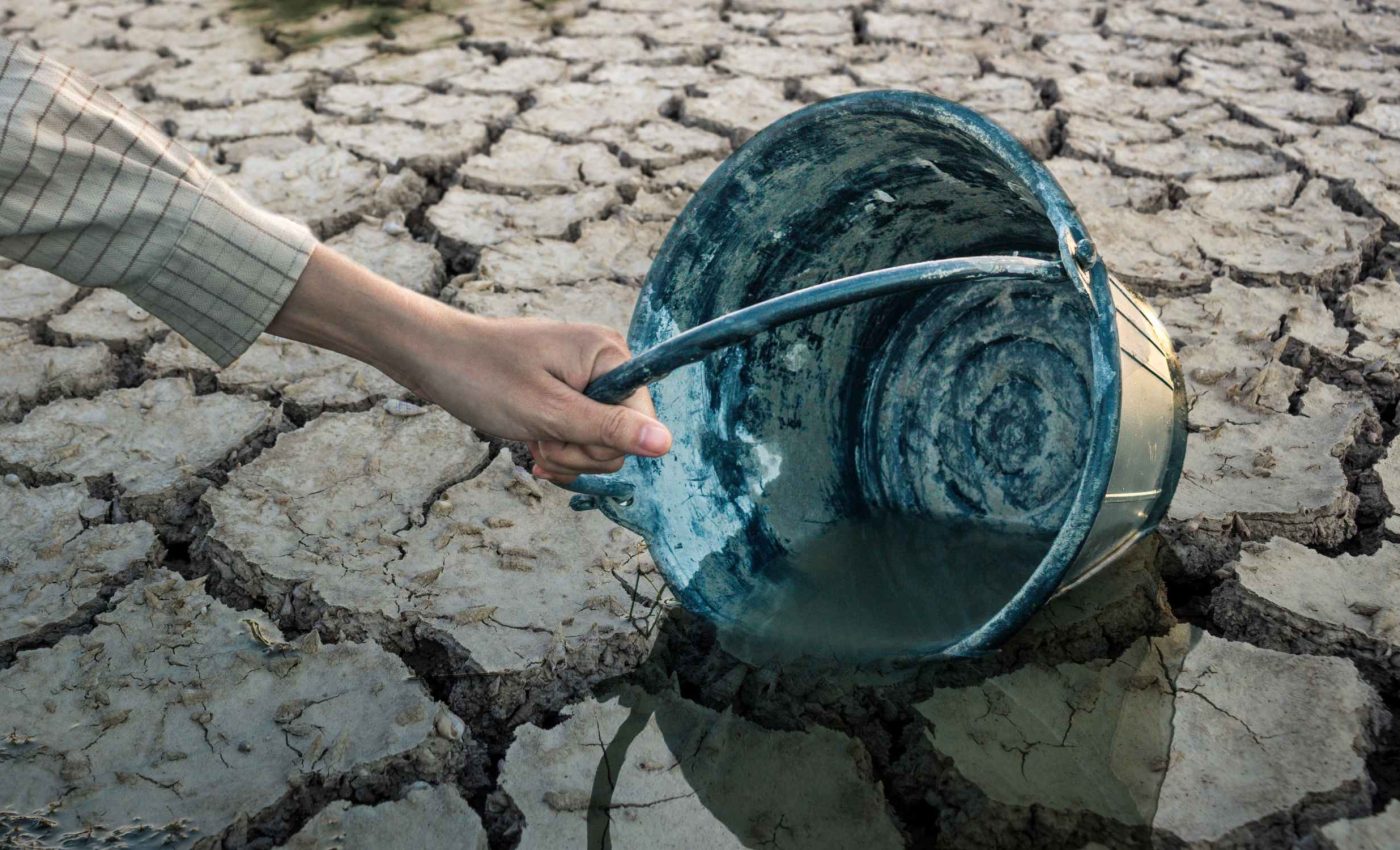
Tiny sensors can detect dehydration before it destroys crops
In many parts of the world, drought leaves farmers struggling. Dry fields often translate into puny harvests and financial heartache.
Traditional methods of checking plants for dryness are slow, and rely heavily on visible signs like wilting leaves. By the time farmers notice, it can be too late to prevent major losses.
Last month, researchers unveiled a promising solution: a sensor that detects dryness in plants up to 48 hours before symptoms first appear.
Early clues hidden in plant fluids
Subtle chemical shifts deep inside a plant’s tissues can hint at dehydration long before leaves look limp.
Instead of waiting for obvious signs, researchers used these sensors to measure pH levels inside living plants, thus detecting the early signs of stress.
A decrease in acidity signals the onset of dehydration, and the sensors are designed to detect this shift early. By embedding these sensors into plant tissues, scientists aim to give farmers an edge in managing water stress.
This research was led by Michael Strano at the Singapore-MIT Alliance for Research and Technology (SMART), in collaboration with Temasek Life Sciences Laboratory and MIT.
Inside these tiny sensors
The secret to this approach lies in Covalent Organic Framework (COF) sensors. These advanced materials are built from carbon-containing molecules that are arranged in crystal-like grids. They shift colors in response to changes in pH, making them ideal for tracking plant health.
However, COFs had not been used in biological systems until researchers combined them with silk fibroin microneedles. These microneedles allow the sensors to penetrate plant xylem tissues gently and effectively.
Clear vision of pH changes
The silk fibroin microneedles are transparent, which enables real-time observation of pH changes inside plants. Drought stress triggers a rise in pH, which these sensors detect through subtle shifts in color.
This breakthrough offers farmers a way to spot stress early and intervene before visible damage occurs. As climate change intensifies, tools like these could become essential for maintaining crop yields.
“This type of sensor can be easily attached to the plant and queried with simple instrumentation,” explained Michael Strano, SMART researcher.
Precision agriculture for harsh times
Agriculture faces increasing challenges from climate unpredictability and rising costs. Many farmers rely on reactive methods to manage crops, which leads to resource inefficiencies.
The new sensors enable proactive measures by offering precise insights into a plant’s internal health. With these tools, growers can conserve water, apply nutrients strategically, and minimize waste.
Voices behind the silk-COF marriage
“These sensors make agriculture more precise under the challenges of climate change,” said Benedetto Marelli, SMART researcher. By integrating nanosensors with biomaterials, the technology offers a seamless method for monitoring plant health.
This innovation enables researchers to explore plant stress indicators more comprehensively. Furthermore, it supports global efforts to improve agricultural sustainability.
Detecting subtle pH shifts in practice
When dryness begins to stress a plant, pH levels increase. The COF sensors capture these shifts by changing from dark red to red.
This simple visual cue helps farmers detect problems without requiring expensive equipment. By addressing water stress earlier, farmers can protect their crops and reduce overall losses.
“We’ve developed a method to detect pH changes in plant tissues to prevent yield loss,” said Dr. Song Wang, SMART researcher.
Practical sensor design
The sensors are minimally invasive and easy to use. Farmers can monitor results with a smartphone camera, capturing color changes directly from the sensor.
“SF microneedles allow real-time mapping of plant health in a minimally invasive way,” confirmed Dr. Yangyang Han, SMART researcher.
Looking ahead to more targets
The researchers plan to expand this technology beyond pH detection. They aim to design sensors capable of measuring plant hormones and metabolites, which would provide even deeper insights into plant health.
By tracking multiple indicators, COF sensors could revolutionize crop management by enabling farmers to safeguard their crops and resources effectively. This would help farmers adapt to changing environmental conditions, and demonstrate the potential for precision agriculture to tackle the challenges of climate change and food security.
The research was published in Nature Communications.
—–
Like what you read? Subscribe to our newsletter for engaging articles, exclusive content, and the latest updates.
Check us out on EarthSnap, a free app brought to you by Eric Ralls and Earth.com.
—–













